Closing a series of kiosks in the Winmart system helped the Phuc Long tea and coffee chain record a 33% improvement in profits in the third quarter.
According to the recent business results report of parent company Masan Group (MSN), Phuc Long's revenue decreased by more than 16% to VND377 billion. This level increased slightly compared to the second quarter and gradually recovered compared to 2022.
Revenue decreased but profit indicators improved significantly. Gross profit margin in the third quarter reached more than 65%, an increase over the previous quarter and the same period last year. As a result, profit before tax, interest, depreciation and amortization (EBITDA) reached VND78 billion, an increase of 33% over the same period. This is also the quarter with the highest EBITDA this year for Phuc Long.
"The main factor helping to improve profitability in the third quarter is the reasonable structure of the number of points of sale at the Winmart and Winmart+ systems," explained a Masan representative.
The above results show positive signs after many months of restructuring the kiosk model of this tea and coffee chain. Previously, Masan did not clearly state Phuc Long's business figures in the group's general report. This brand has only appeared since MSN's semi-annual report until now, which is also the time when the first positive signs were recorded after the restructuring process.
Masan began testing the kiosk model in May 2021 with the hope of making Phuc Long the number one tea and coffee company in Vietnam by expanding 1,000 stores integrated into the Winmart system. After a year, this brand has more than 700 kiosks. Some areas in Ho Chi Minh City recorded 3-4 Phuc Long points of sale located on a stretch of road less than 5 km long.
But since the end of last year, MSN has closed 150 small-format stores and focused on opening new flagship stores. The kiosks were kept mainly to receive online customers from the flagship stores during peak hours. To date, the tea and coffee chain has only 92 integrated stores, while increasing the flagship model to 147 stores.
Masan did not respond to questions about whether the restructuring phase has been completed. The group representative only said that it is still innovating in all business segments to maintain sustainable growth and improve profitability for Phuc Long. The company aims to open 11 new stores in the last months of the year and improve sales per point of sale to the same level as in the fourth quarter of 2022.
However, in reality, the growth momentum of this tea and coffee chain still lies on the shoulders of its flagship stores. In 9 months, large stores outside Winmart contributed 876 billion VND, or more than three-quarters of total revenue. In October alone, Phuc Long opened 3 new points of sale, all of which are flagship stores in Ho Chi Minh City.
Phuc Long's restructuring process was once considered by analysts as a point that could affect the business results of the consumer goods segment and Masan. In a report at the end of September, BIDV Securities (BSC) said that this process was one of the reasons why this unit adjusted down the forecast of net revenue and after-tax profit margin of MSN in 2023.
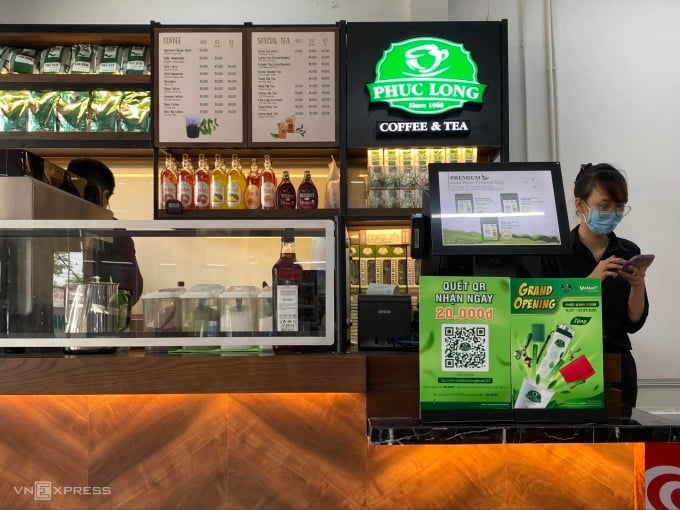
A Phuc Long kiosk located in a Winmart+ store on Nguyen Duy Trinh Street, Thu Duc City (HCMC), July 2022. At that time, there were 3 Phuc Long points of sale on a stretch of less than 5 km on this street. Photo: Tat Dat
Phuc Long is not the only beverage chain experimenting with the kiosk model. Also in 2021, The Coffee House launched the Now model, operating under a kiosk system integrated into the convenience stores of the same company, Kingfoodmart. Previously, at the end of 2019, Highlands Coffee also chose to open roadside coffee stalls to attract new customers. The common point of the above cases is that they all failed after only a few months or more than a year of testing.
Commenting to VnExpress , Mr. Hoang Tung - an expert in the F&B field, said that the kiosk model of the above brands was not successful because the demand for take-away of Vietnamese consumers is still low. Their main customer base has the habit and preference of drinking at the shop. When looking for beverage services, especially high-priced brands, most people not only enjoy the product but also want to experience the overall space and service at the store.
However, according to him, kiosks are not an ineffective model. The proof is that there are still many successful brands from this model such as Luckin Coffee - the brand that surpassed Starbucks to become the largest coffee chain in Asia with more than 10,000 points of sale, or Cotti Coffee - a beverage chain with more than 5,000 stores in 5 countries and preparing to enter Vietnam.
"To be successful, from the beginning, businesses must build kiosks as a model for replication, not as a solution to further optimize business operations, alongside regular stores," this expert emphasized.
In fact, in recent times, the F&B market has seen many brands emerge thanks to the miniature point of sale model. Notable are the ice cream and milk tea chain from China Mixue with more than 1,000 stores nationwide or the domestic brand Hong Tra Ngo Gia, which also has more than 200 kiosks in the Southern region. A survey by iPOS - a platform providing sales, operations, and human resources solutions for more than 100,000 restaurant and cafe brands, shows that consumers still have a great demand for eating out but cut down on the amount of money spent each time using the service. Therefore, small, affordable shops benefit more.
Siddhartha
Source link



![[Photo] Overcoming all difficulties, speeding up construction progress of Hoa Binh Hydropower Plant Expansion Project](https://vstatic.vietnam.vn/vietnam/resource/IMAGE/2025/4/12/bff04b551e98484c84d74c8faa3526e0)


![[Photo] Closing of the 11th Conference of the 13th Central Committee of the Communist Party of Vietnam](https://vstatic.vietnam.vn/vietnam/resource/IMAGE/2025/4/12/114b57fe6e9b4814a5ddfacf6dfe5b7f)



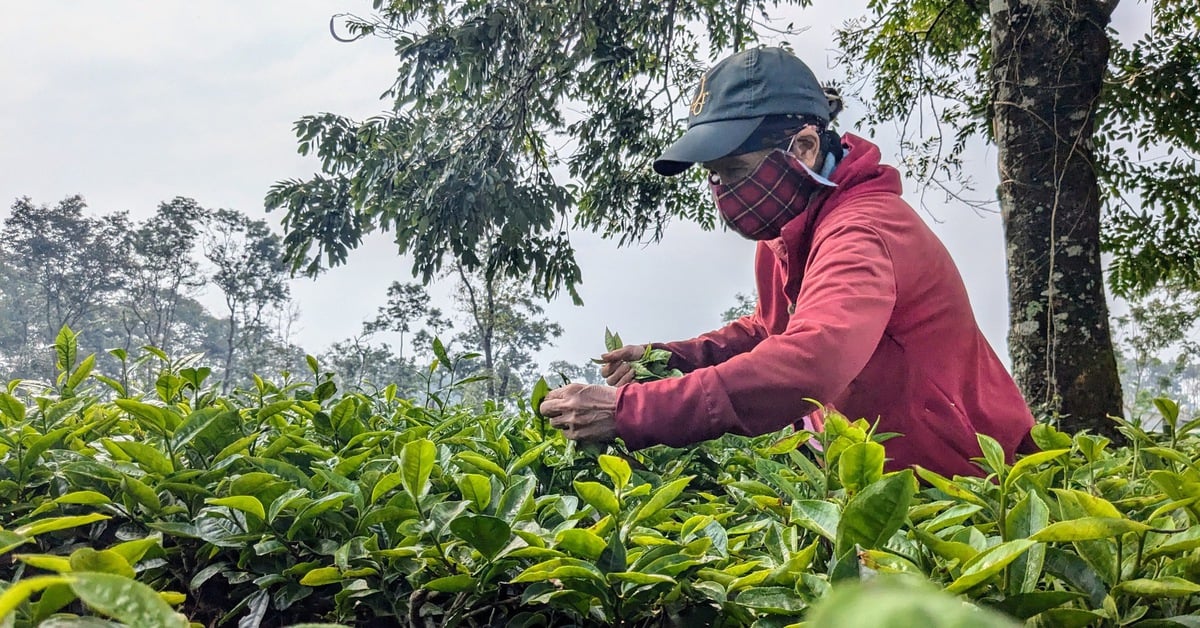

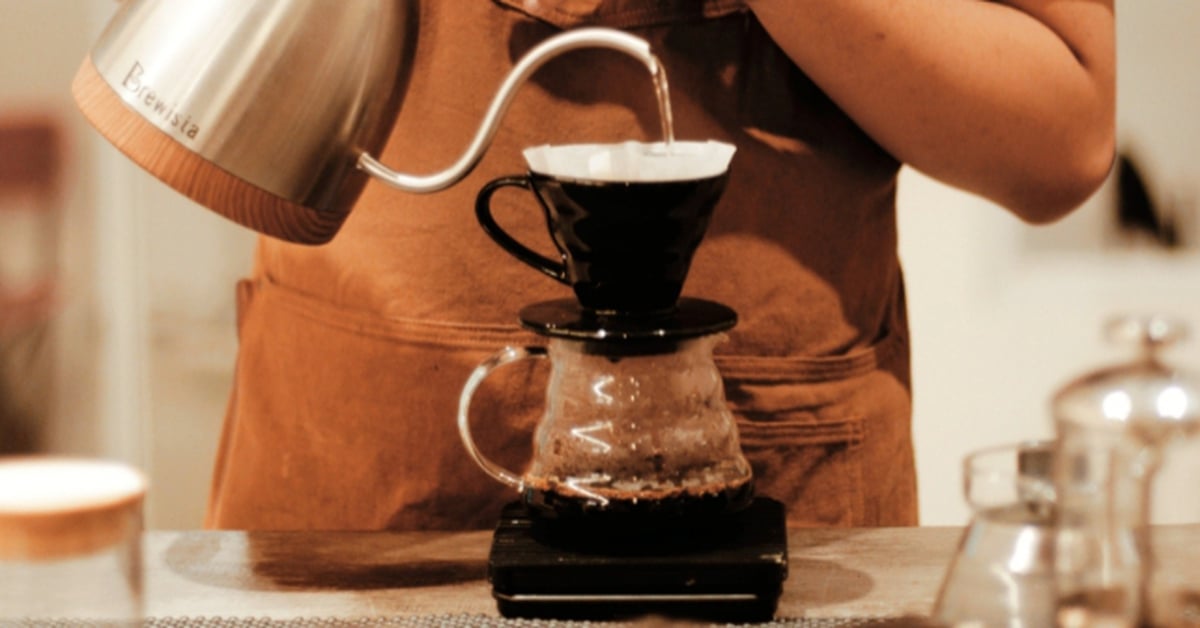
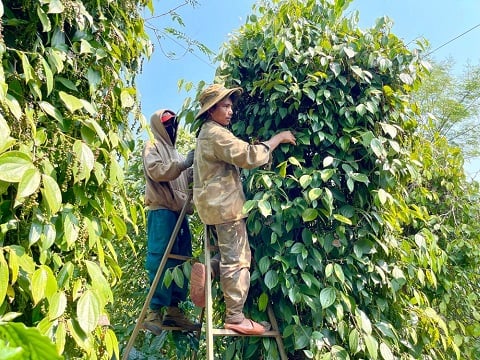





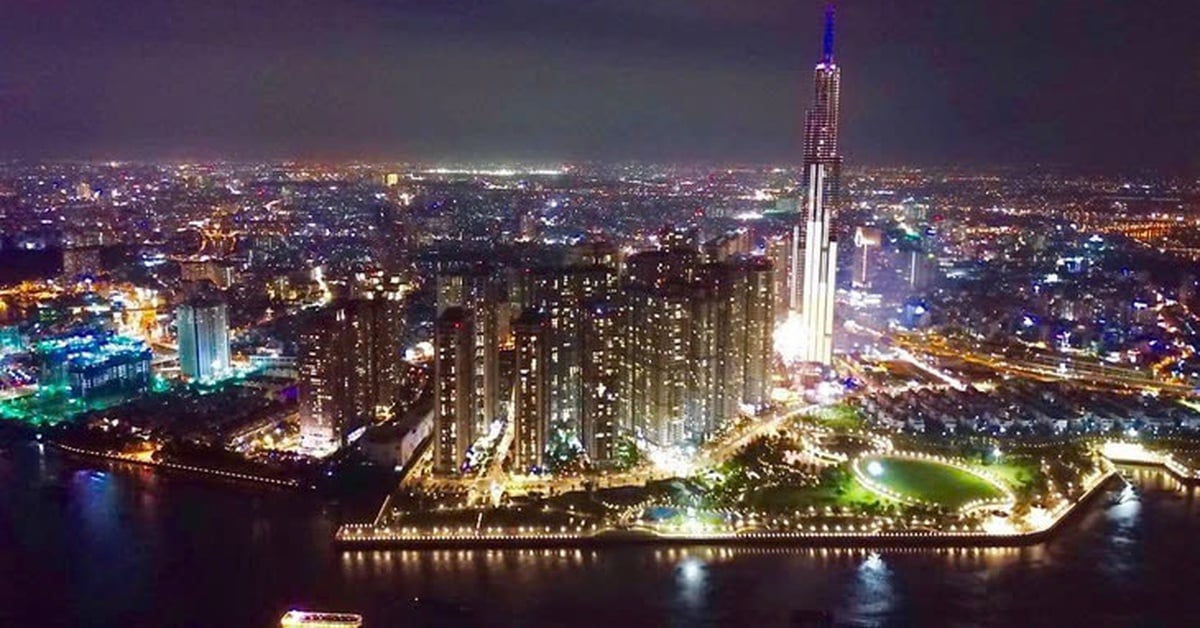
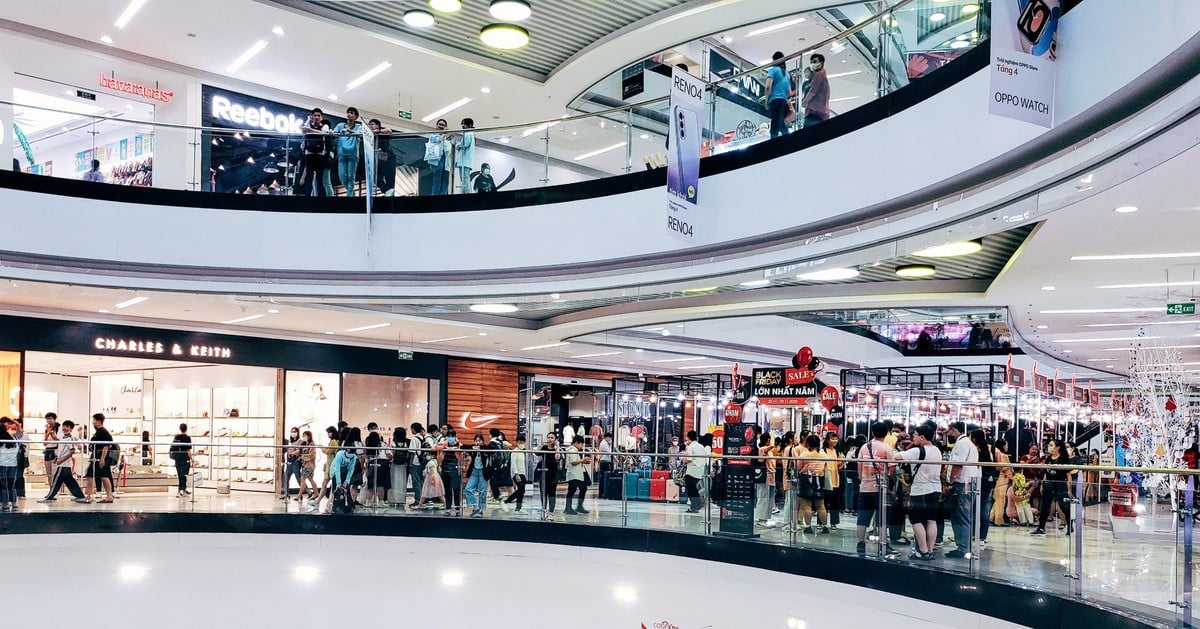
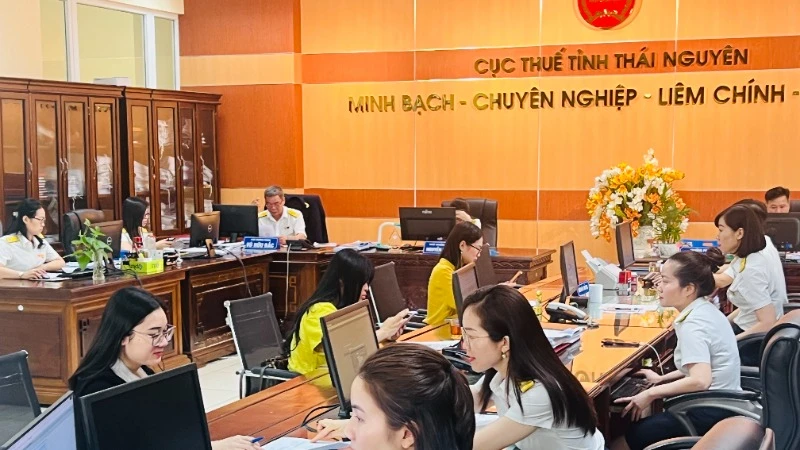
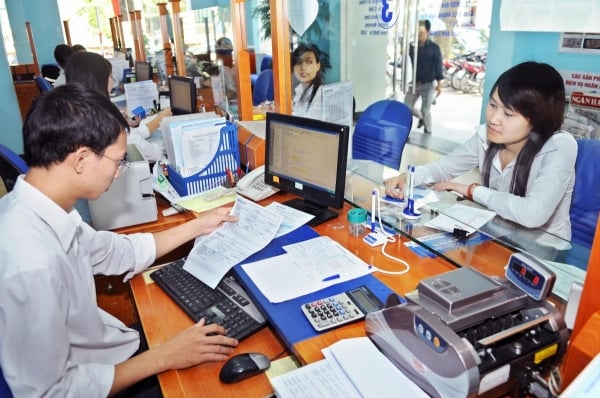
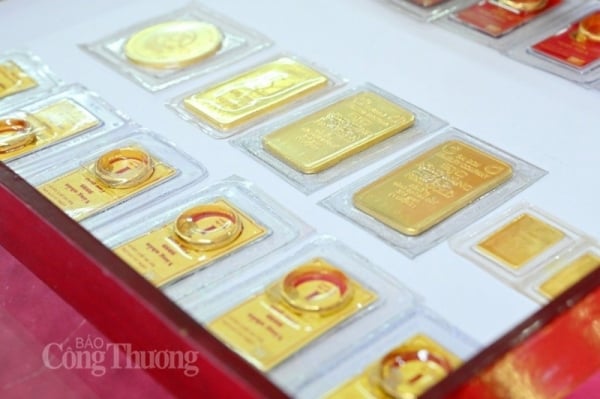





















































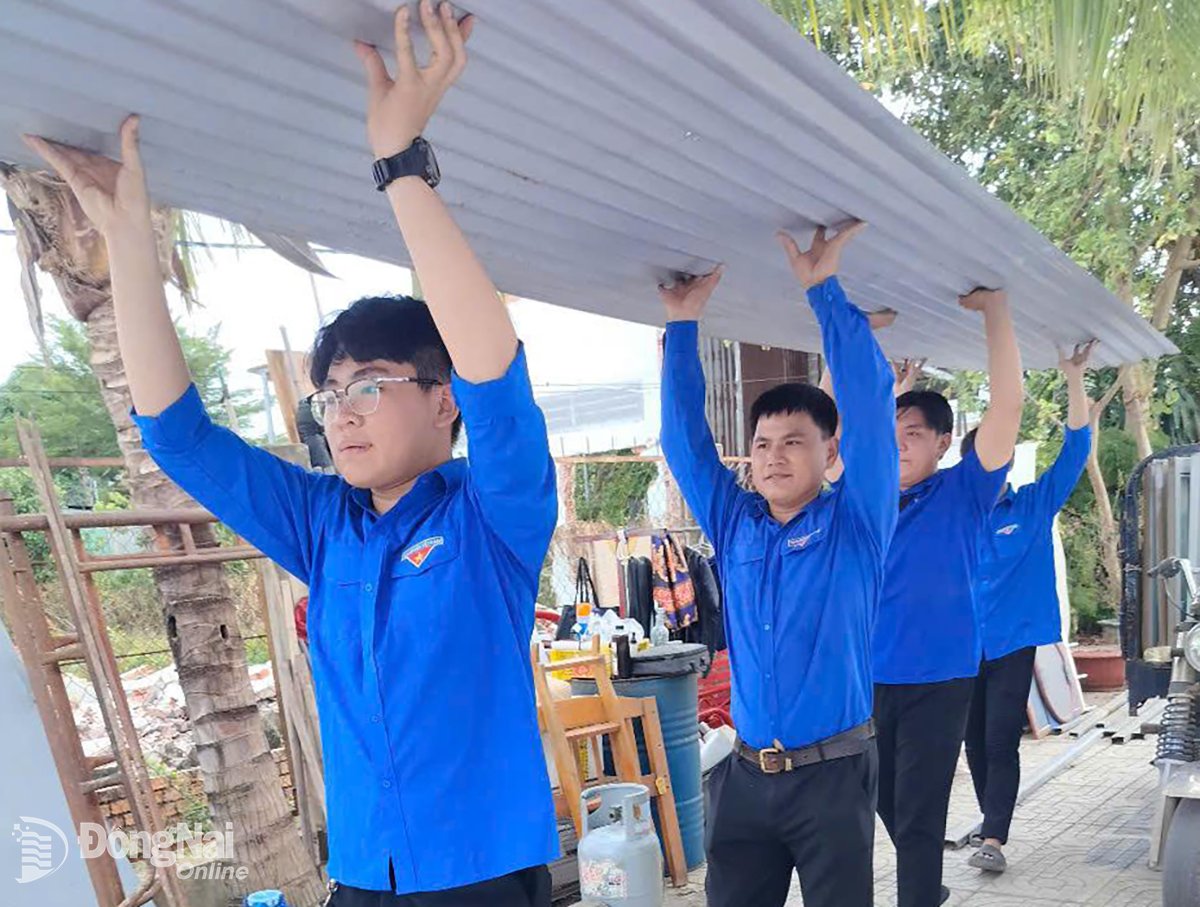

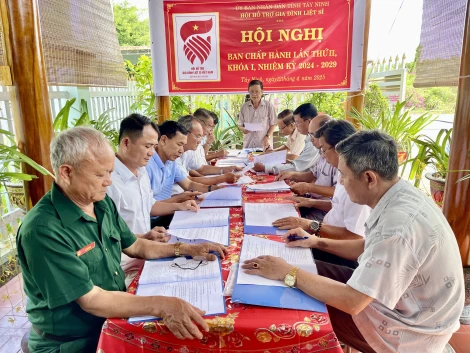



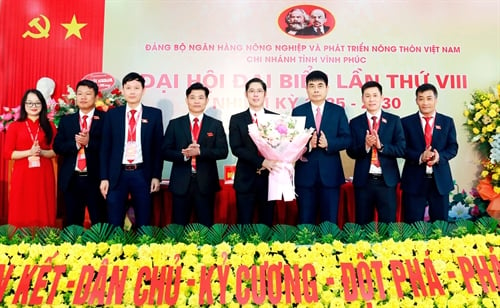











Comment (0)